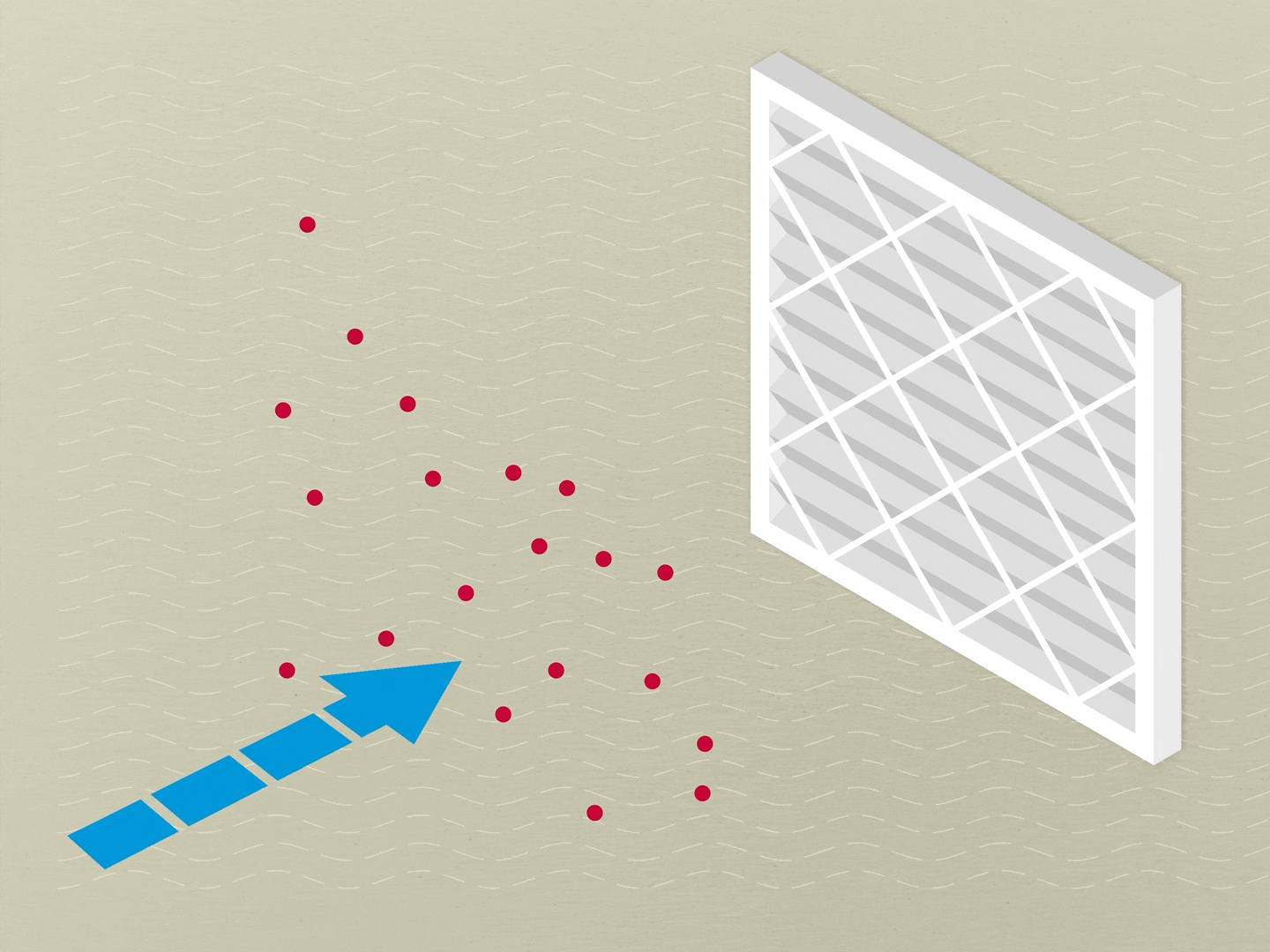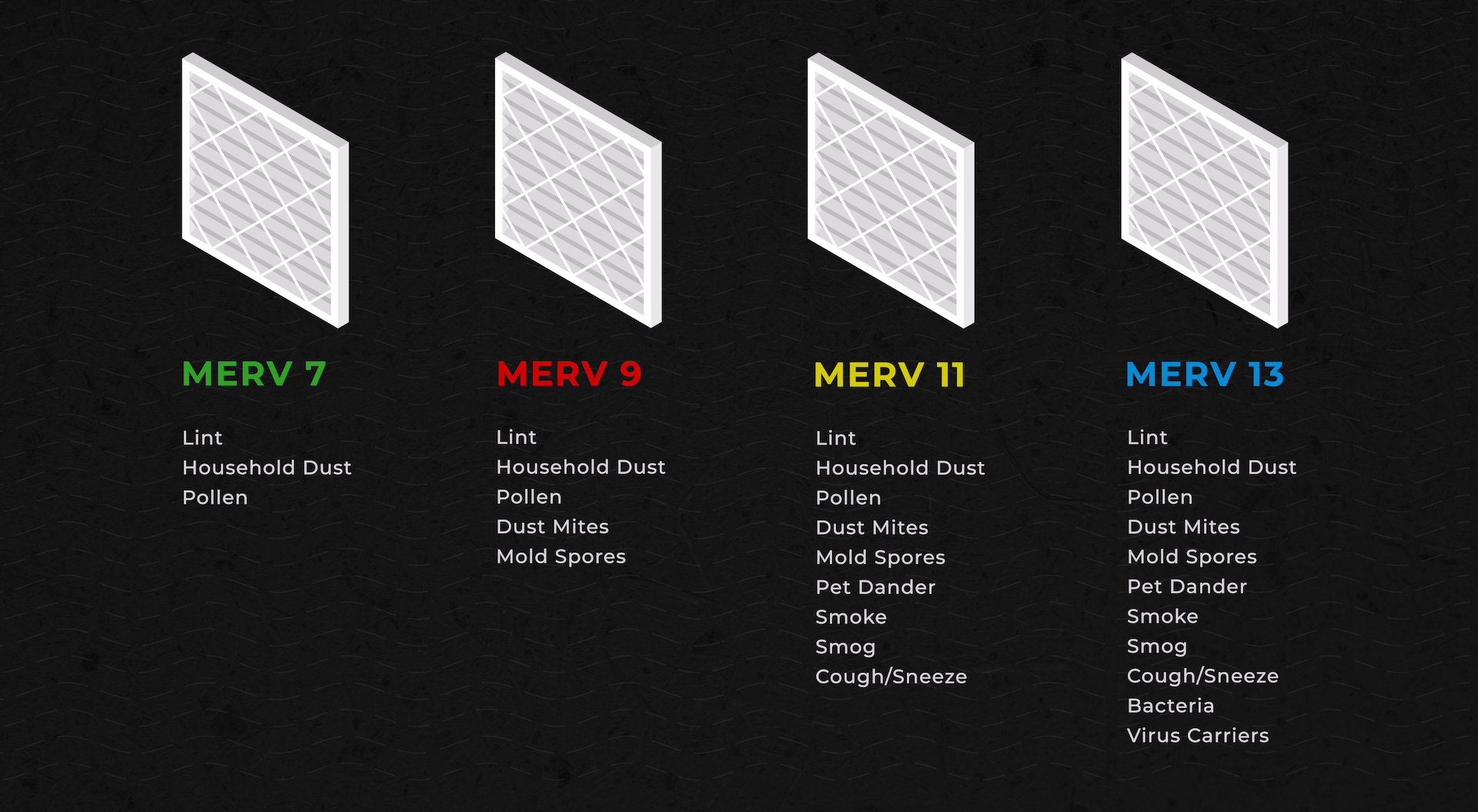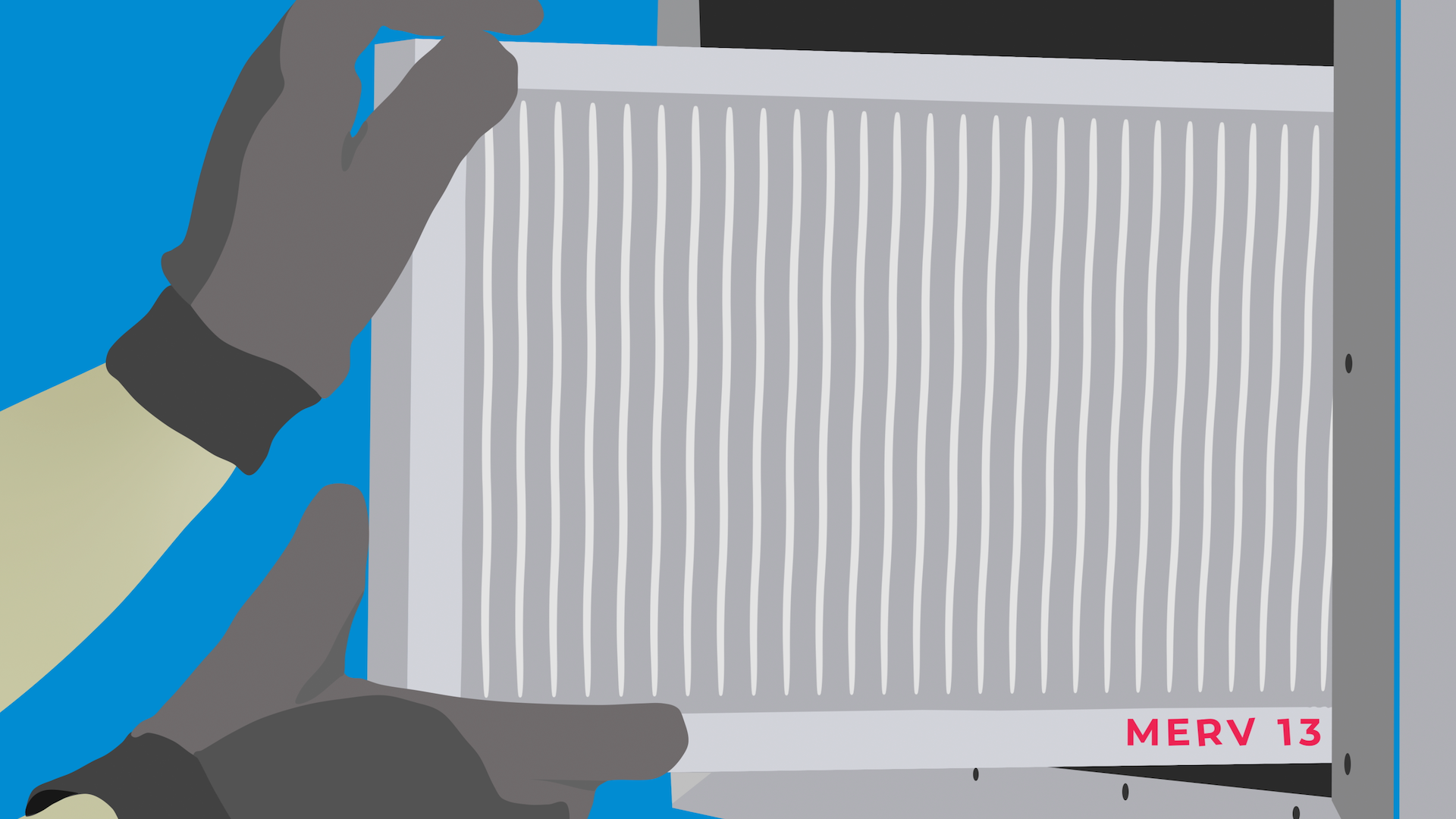If you work with HVAC systems, then you might already know quite a bit about air filtration. After all, changing air filters is the cornerstone of most service agreements; it’s one of those things that has to be done on a regular basis and can mean the difference between bad and good indoor air. Filtration is like the gatekeeper, or first line of defense in any HVAC system — contaminants are on the offense and have to be stopped by filters before entering recirculated air.

In order to capture contaminants, your HVAC system likely requires the installation of at least one MERV rated air filter. You might be wondering, what exactly are MERV air filtration ratings?
MERV is an acronym for Minimum Efficiency Reporting Value. It is an industry-wide accepted rating system created by ASHRAE, the American Society of Heating, Refrigeration, and Air Conditioning that measures how effectively a filter captures particulates using Microns. The MERV measurement scale uses a number system from 1 through 20 to rate the efficiency of capturing particulates:
- A filter with a higher MERV rating, such as a MERV 13 filter captures smaller particulates than a filter with a lower rating, such as a MERV 8.
- Lower rated filters tend to be in places such as residential spaces, while higher rated filters tend to be in communal or commercialized spaces with larger HVAC systems.
- More filtration isn’t always better. While a MERV 17 filter might make sense for a space like a surgical room in a hospital where sanitation is of the utmost importance, it wouldn’t make sense in a large commercial building because the filter’s smaller pores will block more airflow in a system.
The graphic below will give you a broad view of common applications and the sizes/types of contaminants captured for different MERV rated filters:

If you are responsible for HVAC systems in a commercial space, using MERV 13 filters is what we recommend at ColonialWebb, especially if you are looking to take the necessary steps to better your Indoor Air Quality (IAQ). If your system doesn’t allow MERV 13 or the added cost is simply out of the equation, then the next best thing is MERV 11.
The filtration needs of any indoor environment differ depending on the size, use, and number of occupants. Regardless, it is important to make sure that you are supplying tenants with air that will keep them comfortable and healthy.
If you are looking for more information on indoor air quality, we recently published a long-form blog post, Why Indoor Air Quality Matters, that serves as a great introduction to the topic. Additionally, if you are responsible for the HVAC systems in your buildings, you might be interesting in learning more about ColonialWebb’s HVAC and Indoor Air Quality services. We hoped this post helped you learn more about the MERV rating system!



